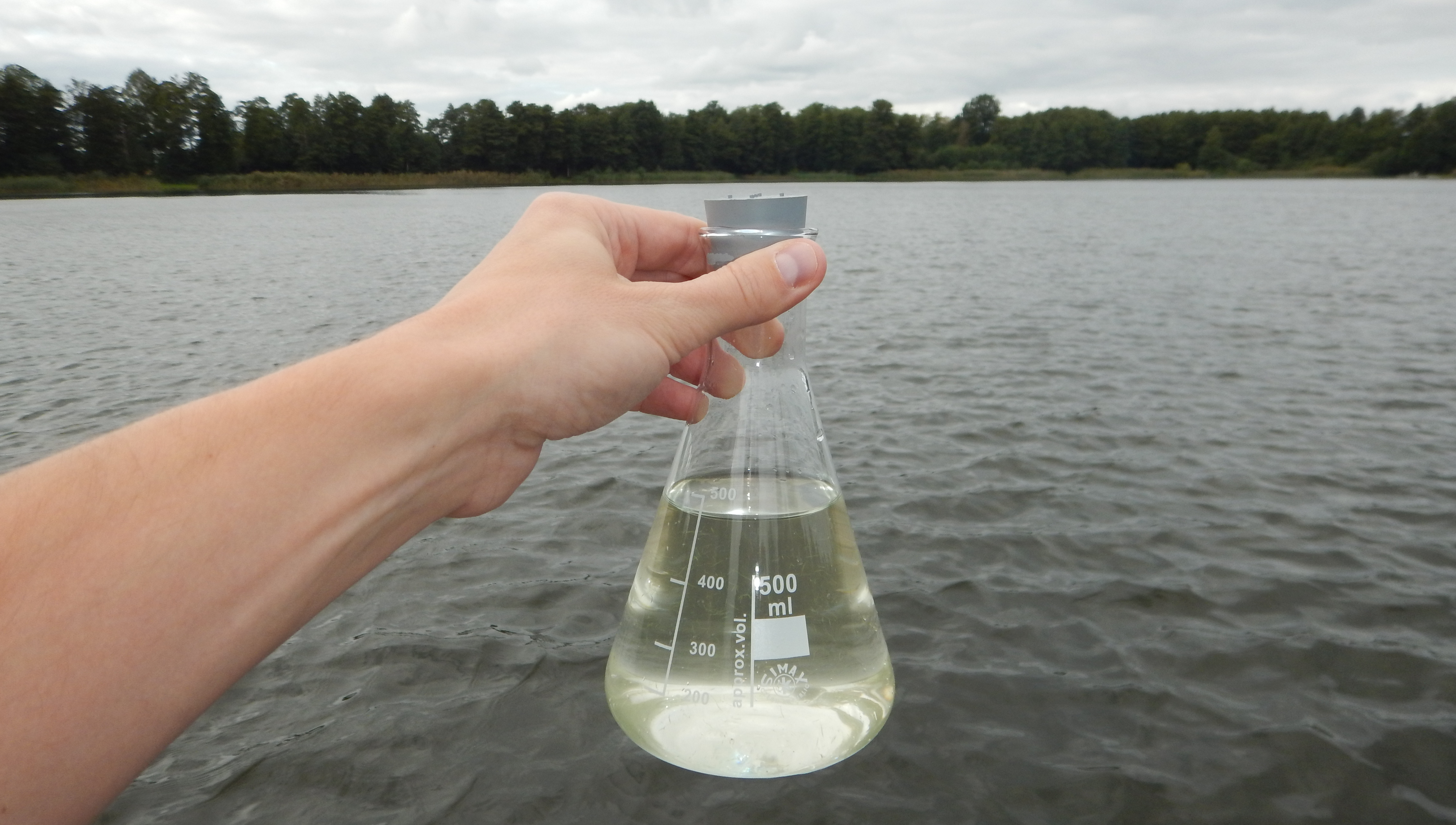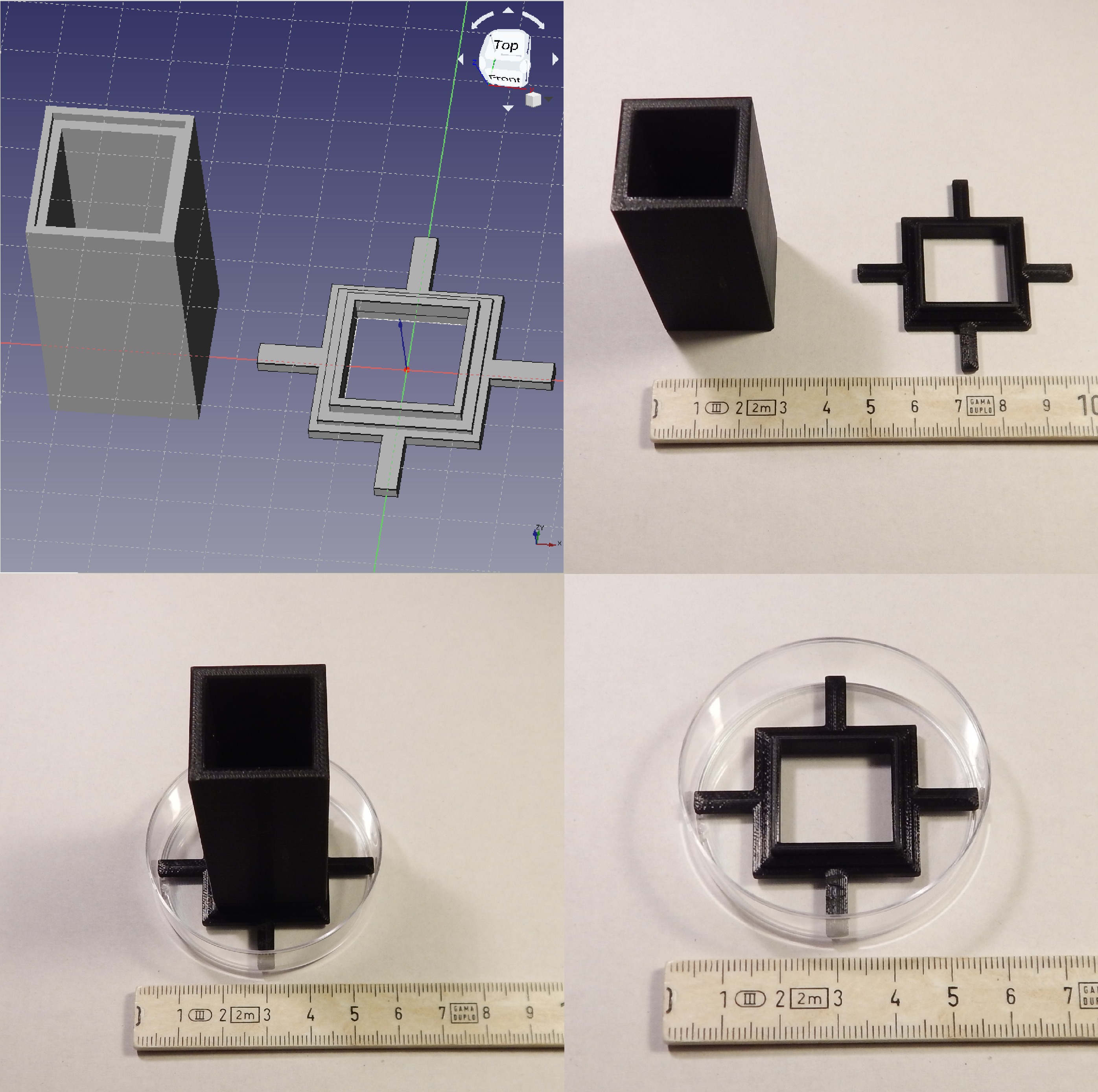When collecting samples that are to be analysed it is important to annotate the sample with as much information as possible. Point in time and location (place and depth) of the collected sample should be documented. Additionally, temperature (air and water) and weather conditions can be useful to note as well, though they to some extent can be collected retroactively from meteorological databases. |

|
When the purpose is to analyse and quantify the contents within the sample it is important to halt the ongoing biological activity within the collected sample as soon as possible. Otherwise, organisms will continue to replicate and predate and the contents of the sample could differ greatly compared to how it was at the point of collection. This is done by adding a solution (Lugols) to the collected sample. The sample is then conserved (“frozen”) at the time point of collection. To not waste any Lugols it is necessary to not collect and “freeze” more sample volume than what is needed.

|
If the sample is analysed using an inverted microscope it can be useful to let the sample sediment, concentrating a certain volume of sample onto a certain area. This is done using a sediment chamber. This will sediment the contents of a column of water onto the bottom area of the petri dish. This area can then be documented (more information under Microscopy), and the whole sample's concentration can then be extrapolated. Here is a 3D-printed sediment chamber solution ready to be used with a 50 mm petri dish. The petri dish surface area inside of the square can then be screened using the OpenFlexure microscopy. |
This webpage, with all its contents, is to be considered under contruction and not a final product.
Links and descriptions to related solutions and protocols will continously be updated and made available.